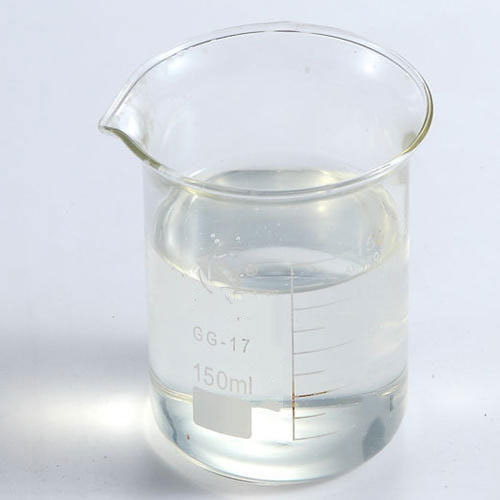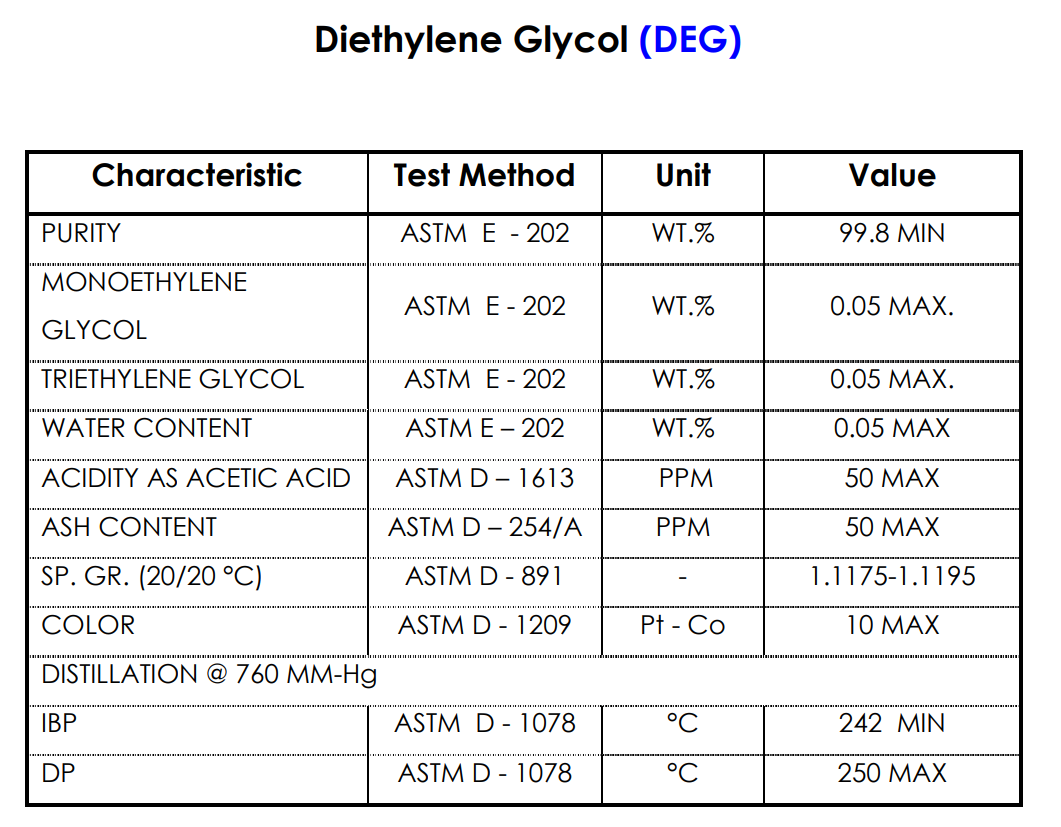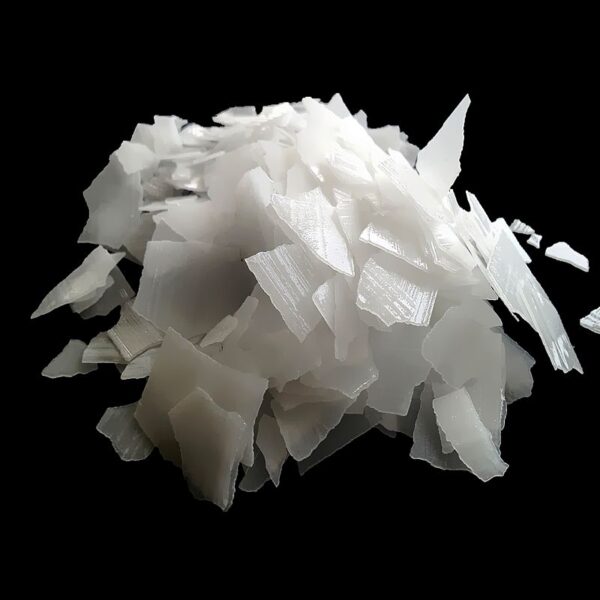Technical Specifications:
Application areas:
• Resins :
DIETHYLENEGLYCOL is used as synthesizing agent for alkyd resins as well as saturated and unsaturated polyester. DIETHYLENEGLYCOL is used in the synthesis of polyurethane resins, as a coalescence agent, anti-freezing agent in polymer and/or acrylic homopolymer emulsions, chain extender and agent in the dispersion and wetting of unsaturated polyester resins.
• Synthesizing agents :
DIETHYLENEGLYCOL can be used as synthesis intermediate. DIETHYLENEGLYCOL esters are used as emulsifiers. DIETHYLENEGLYCOL esters with fatty acids (oleic, stearic, lauric, etc.) are used as emulsifiers and plasticizers of polymers.
• Wetting and plasticizing agents :
DIETHYLENEGLYCOL can be used as wetting and plasticizing agent in the production of cellophane, glues and adhesives, textiles, printing ink, leather, cosmetics, paper and pharmaceutical products.
Coolant additives :
DIETHYLENEGLYCOL can be used in antifreeze formulations in proportions of up to 10% together with MONOETHYLENEGLYCOL. The various quantitative ratios between these components are suitable for specific applications in the field of industrial refrigeration.
• Cement additive :
DIETHYLENEGLYCOL can be used as an auxiliary additive in cement milling. It can be used in extremely small proportions to produce significant results, increasing the hourly production of cement without increasing the energetic demand on the system.
• Brake fluids :
DIETHYLENEGLYCOL can be used as secondary solvent in brake fluid formulations. This product is also used to avoid the excessive swelling of rubber in the hydraulic system.
• Other uses:
Ethyleneglycols can also be used in the formulation of printing ink, in the treatment of gases, in the formulation of fire-resistant hydraulic fluids, in the formulation of cutting oils, in the formulation of surface polishers, in the formulations of agrochemicals, in the extraction of solvents, in the manufacture of pigmented pastes and putty for walls, and in the synthesis of explosives.
o Storage conditions:
Under nitrogen blanket and at ambient temperature.
• Packing:
Bulk or in 220 Lit (net: 220 Kg) new drums, each 4 drums strapped on a pallet.




